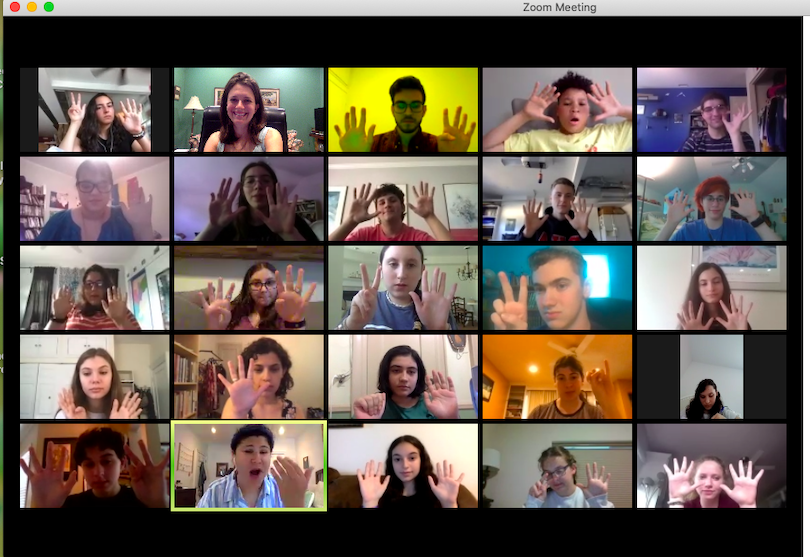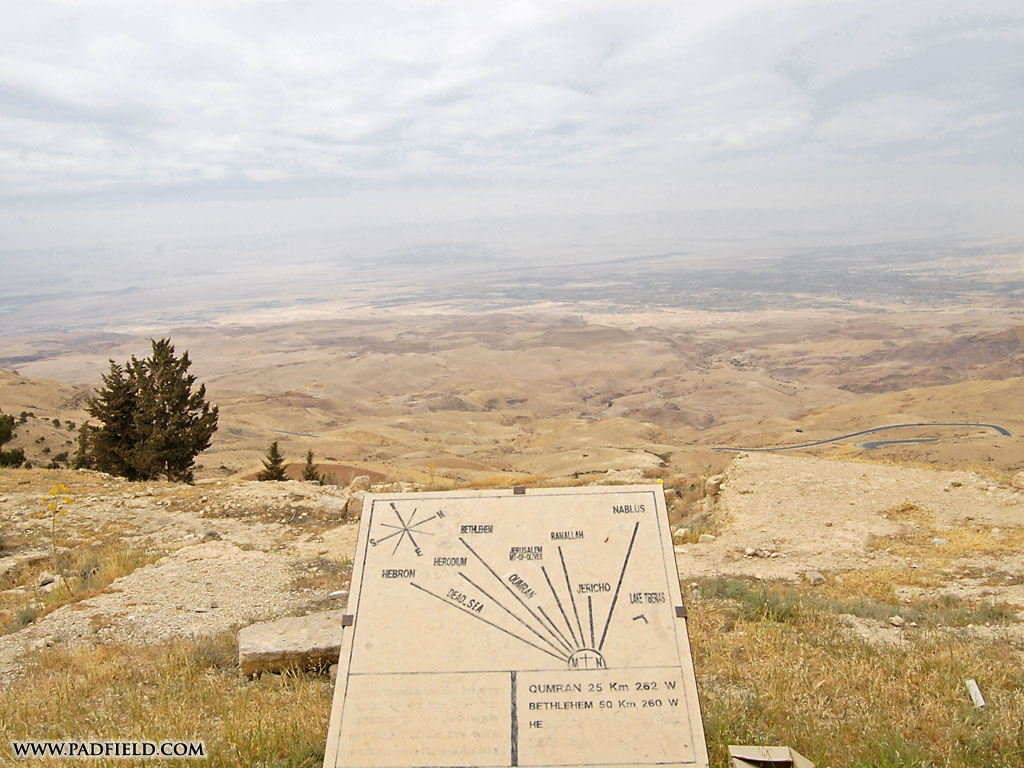I do not believe that anyone who is reading this does not already know about eJewishPhilanthropy.com, an amazing curated blog that covers Jewish Philanthropy and Jewish Education. "To assist organizations progress as they adapt to the continuing changes and challenges of the 21st Century, eJewish Philanthropy was launched in 2007 as an independent on-line publisher and a facilitator of resource mobilization serving the professional Jewish community."
There are some very important articles that originate or end up there. This is on of them. If you want to make a comment, I urge you to so on their page: https://ejewishphilanthropy.com/virtual-experiential-education-it-works/ in order to engage in the wider conversation. I include the article here because I think it is relevant and would like to talk about it with you.
Virtual Experiential Education: It Works!
By Anna ServianskyIn designing JustCity/CityStage 2.0, JTS’s Pre-College summer program for teens, our team of educators intentionally crafted a setting and learning environment where the objectives of experiential education would be met. While we were unsure how this unchartered territory of an online format versus the in-person experience we had curated for years would be received, it took only the first day of seeing the program unfold in action to realize that our careful planning was producing the results we hoped for. A community of learners was formed, the social emotional needs of the group were met, and the teens were excited to learn in the dynamic, experiential environment we engineered. As we step back to review what made our program a success, I can distill the elements that took place and see that in fact they mirror what researchers have been studying for decades.
While some might question whether excellent experiential education can happen online, if certain conditions are present, then the setting is less important and learning outcomes will be met in the positive, reflective manner that contributes to the personal growth of our learners. While informal Jewish education, which includes experiential education, tends to be tied to say the place of camp, JCC, youth movement, or synagogue as juxtaposed to the formal classroom setting, this notion of “place” is becoming less important to where informal and experiential education can thrive and accelerate outcomes.
In fact, as Dr. Barry Chazan writes describing informal Jewish education, “It works by creating venues, by developing a total educational culture, and by co-opting the social context … it does not call for any one venue but may happen in a variety of settings.” (Chazan, The Philosophy of Informal Jewish Education, 35). Our finding was that indeed, in our virtual platform, we were able to create a venue and social context where our learners could process their own Jewish identity within the current milieu among a community of like-minded peers and knowledgeable educators.
Moreover, reviewing Dr. Jeffrey Kress’s rubric of quality experiential Jewish education, we have a road map for not only what made our program successful, but also what can be translated to future impactful virtual programs. (Kress, Experiential Jewish Education Has Arrived! Now What?, 326). I will divide this rubric into two categories and explore how we might continue to make use of the six elements he outlines.
Logistics, Relationships, and Participant Involvement. Our schedule was modified to meet the needs of our participants and educators (ibid). We had three sessions spread throughout the day with ample breaks. Our first class was a text-based class on Judaism and justice that used contemporary and ancient writings as a jumping off point for students to relate to their own questions on certain justice issues from immigration to the environment and more. Our second class was a creative arts workshop where learners had an opportunity to explore those justice topics deeper through poetry, song, and theater. And at the conclusion of each day, a third educator facilitated participant involvement where teens planned their own reflections and social activities. All of the educators nurtured learning environments where they modeled how to do Judaism and social justice and how to form a community around these issues from different perspectives that teens could relate to. They also purposefully constructed relationships between the teens themselves throughout their programming.
Ritual, Spirituality, Programmatic/Developmental Elements. For a pluralistic program like ours, we celebrated Shabbat Friday afternoons with reflections, divrei torah, and singing. As when we are in person, we continued our model of a diversity of forms of spiritual exploration and reflection tools not only during Shabbat, but also as a way to process our learning, both context and social-emotional, through journaling, the arts, and more. The positive energy of our educators who used music, creative check ins, and digital strategies transferred to our teens who often wanted to hang out outside of scheduled times. And, we focused on opportunities where our learners could become skilled practitioners, applying what they learned in real time from how to study a Jewish text to how to advocate for causes to how to have tough conversations with those of differing views.
Our virtual program included all six of those elements that comprise excellent Jewish experiential education. And, so, perhaps we should not have been surprised that the “venue” itself did not matter and that a virtual program can provide learners with what they need. In their own words, teens reflected on the power of this experience:
“I didn’t think I’d create the same bonds I have at other summer programs because we were online and not spending time together 24/7, but I was so wrong. I made so many friends, and it’s just been so amazing!” Miriam S.
“My favorite thing about this program was getting to learn from my peers. Rather than just being talked at by our teachers, we were able to have open discussions and hear each other’s ideas on relevant issues. I also really loved being able to connect Jewish texts to modern day social justice issues. I had never done that before, and it was super interesting.” Yaya S.
The hallmark of any good experiential Jewish education to my mind is when the participants do not want the experience to be over. Many of them wished they could continue their learning together and spoke extensively about how much they had appreciated the community during a challenging summer. And so, while the world is changed, we must continue to bring the very best of experiential Jewish education virtually, and when we do so, we will continue to meet our objectives of developing strong connections to Judaism and to one another.
Anna Serviansky is Associate Dean of List College and the Kekst Graduate School and the Director of JTS Pre-College.
:no_upscale()/cdn.vox-cdn.com/uploads/chorus_image/image/67381114/MarkShapiro.0.jpg)







